
Culture
08:54, 22-Dec-2017
Winter Solstice: Enjoy delicious food before winter hits
By Ai Yan
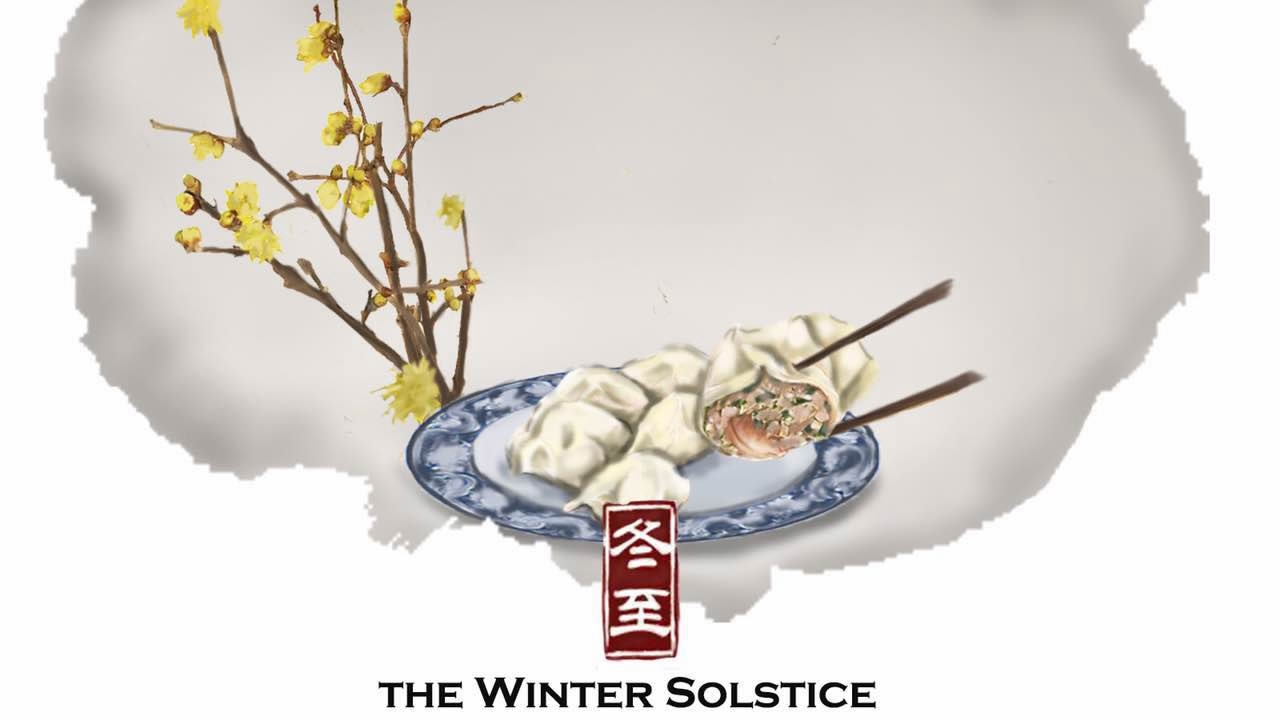
Meaning the “summit of the winter,” Dongzhi, or Winter Solstice is not necessarily the coldest period of winter, but it is definitely the most important of the 24 solar terms in the Chinese lunar calendar.
Dongzhi is the 22nd solar term of a year, which when the daytime is shortest and night is longest. It was also the first settled solar term in the Chinese history.
The Chinese have an old saying: “Dongzhi is as significant as the Spring Festival,” and this dates back to before the Qin Dynasty (1046 B.C. – 207 B.C.), when the ancient Chinese celebrated the day as the beginning of a new year.
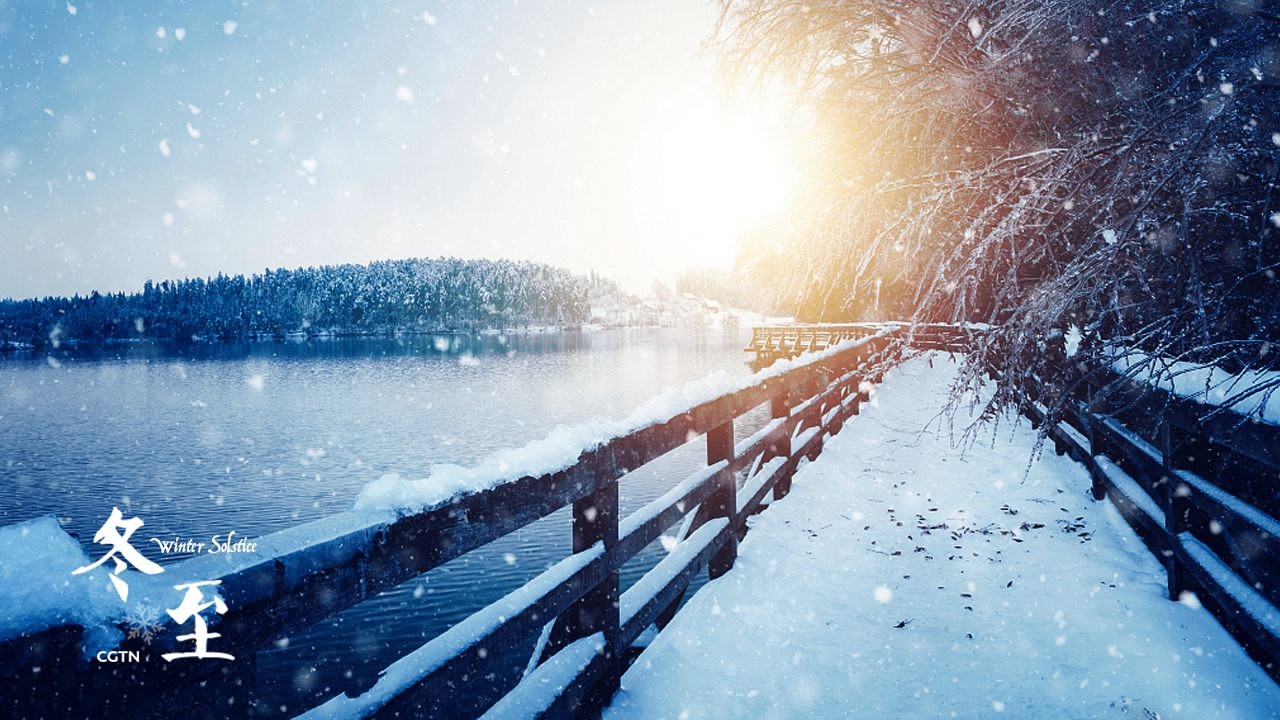
CGTN Photo
CGTN Photo
Coldness: A key word to define this period
Though the day of Dongzhi may not be that cold, it kicks off the period of time known in Chinese as “Shujiu Hantian,” believed to be the coldest 81 days which could be divided into nine units of “nine-days.”
The Chinese character “nine,” which has the same pronunciation with the word for “long,” is considered as the largest number in ancient China, and was bestowed with the meaning of “maximum” and “extreme.” The “Shujiu Hantian” is, therefore, the ancient Chinese people’s way of describing how long and harsh the winter could be.
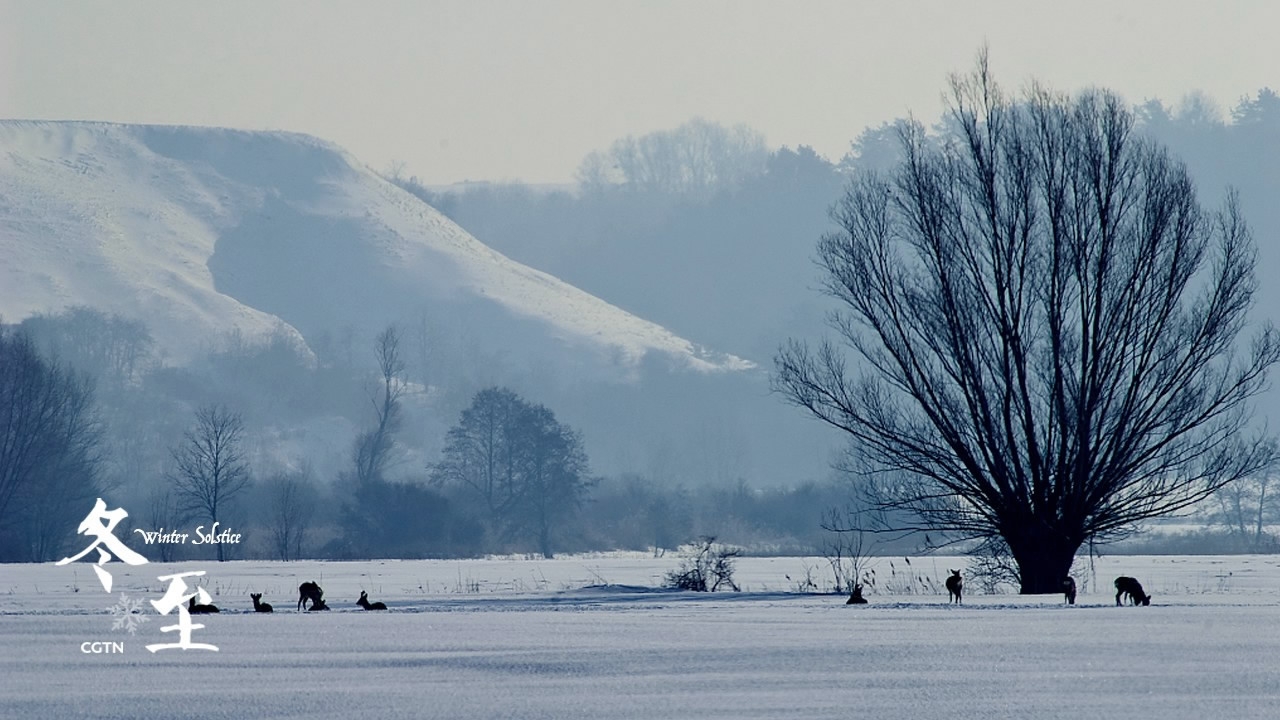
CGTN Photo
CGTN Photo
The peak of the coldness usually comes at the third “nine-days,” known as the “Sanjiu” in Chinese. But when the ninth "nine-days" comes, the spring would be in full swing across most part of China.
A feast: Dumplings or tangyuan?
The Winter Solstice might be the favorite time for a gourmet.
For the ancient Chinese, the celebrations of a significant festival could never happen without a proper feast, especially for Dongzhi, which marks the end of one year and the arrival of the next.
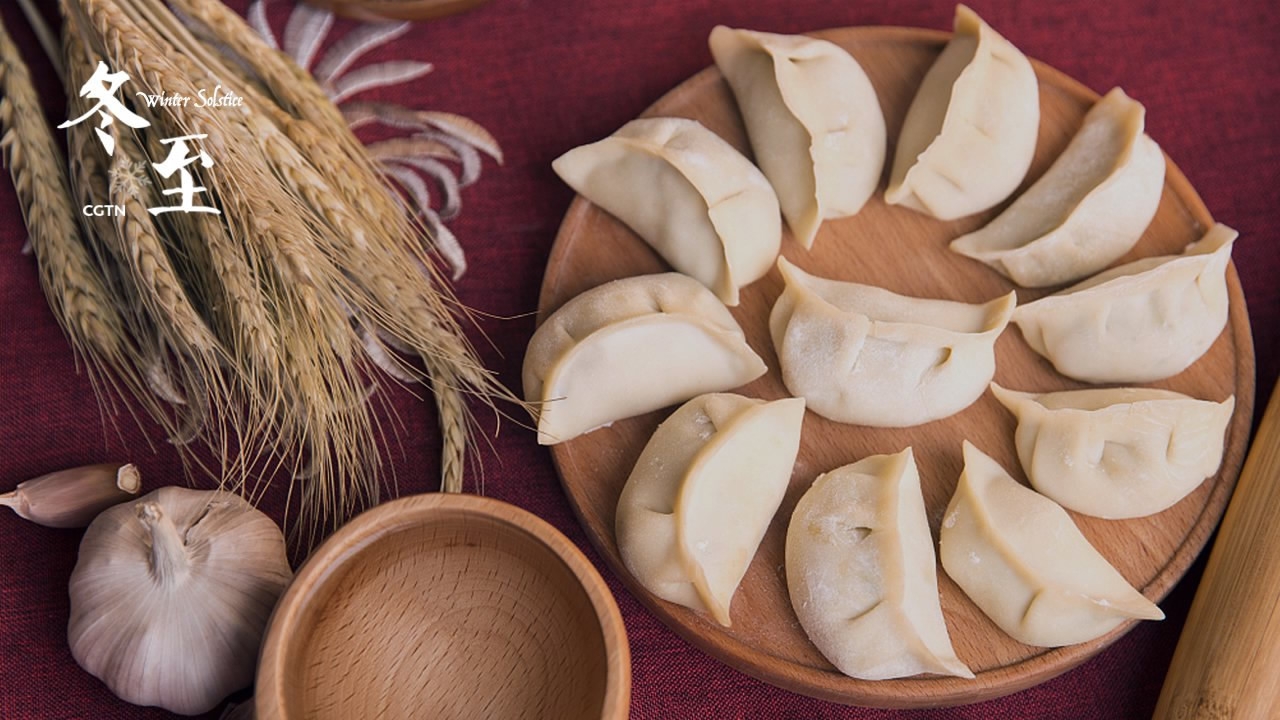
CGTN Photo
CGTN Photo
Dumplings, a favorite food for many Chinese people living in the north, is an indispensable part of a feast.
The tradition of eating dumplings was maintained for almost all the important festivals in China, such as the Lunar New Year's Eve.
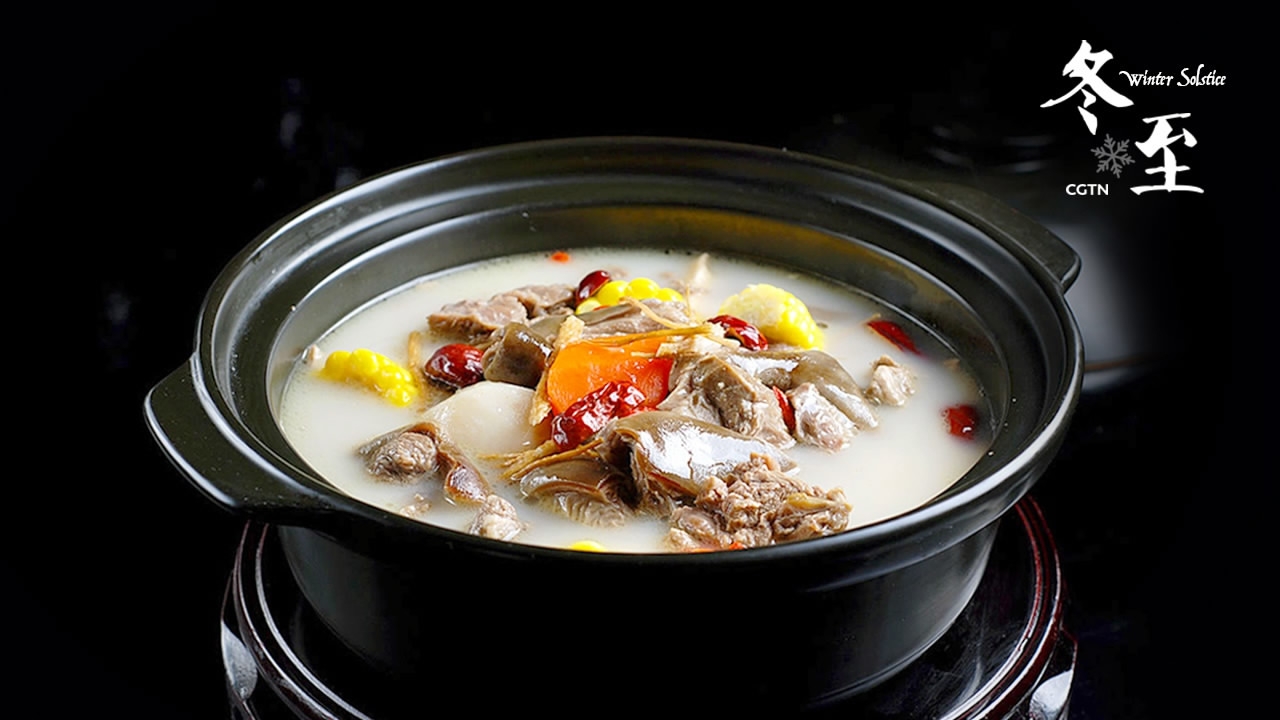
CGTN Photo
CGTN Photo
Mutton soup is also a great choice for many. A bowl of this hot soup, garnished with chopped green onions, would definitely drive away the chill.
However, whenever there are dumplings, there is the “dumplings or tangyuan” debate.
In the south, instead of dumplings, tangyuan, or glutinous rice dumplings are a must for many families. But traditions could be quite different even for neighboring provinces and cities.
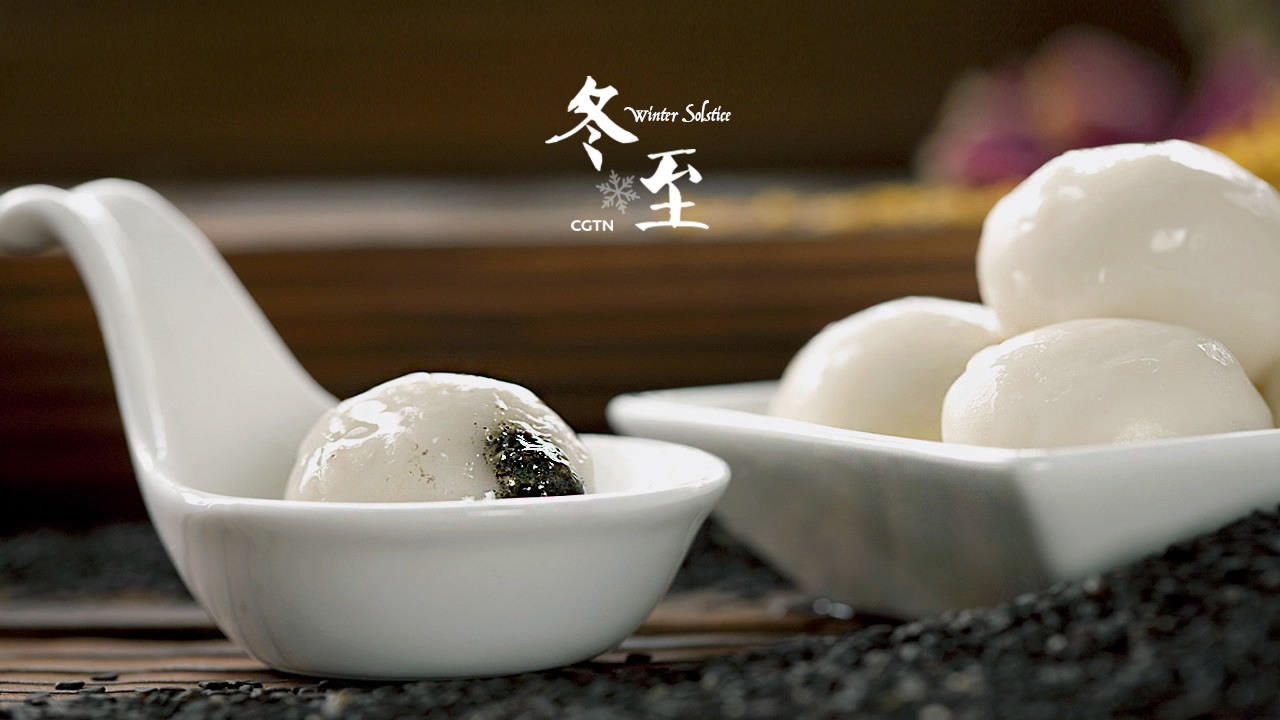
CGTN Photo
CGTN Photo
For instance, in Anhui Province, people eat noodles on the day, while in Zhejiang Province, people cook eggs with longans and red dates.
In Jiangsu Province, many families drink rice wine tinged with sweet-scented osmanthus, while in Jiangxi Province, Maci or fried glutinous pudding is their best choice. In some cities and towns along Yangtze River, people also cook rice with azuki beans.

CGTN Photo
CGTN Photo
But whatever food they prefer, the dishes for the Winter Solstice dinner table must be nutritious, warming and healthy.
Even though worshiping ancestors used to be the most important part of the event, only a few areas in China still maintain that habit. In Guangdong Province, people still hang up paper in front of their ancestors’ tombs, while in Taiwan, special nine-layer cakes are made as offerings.
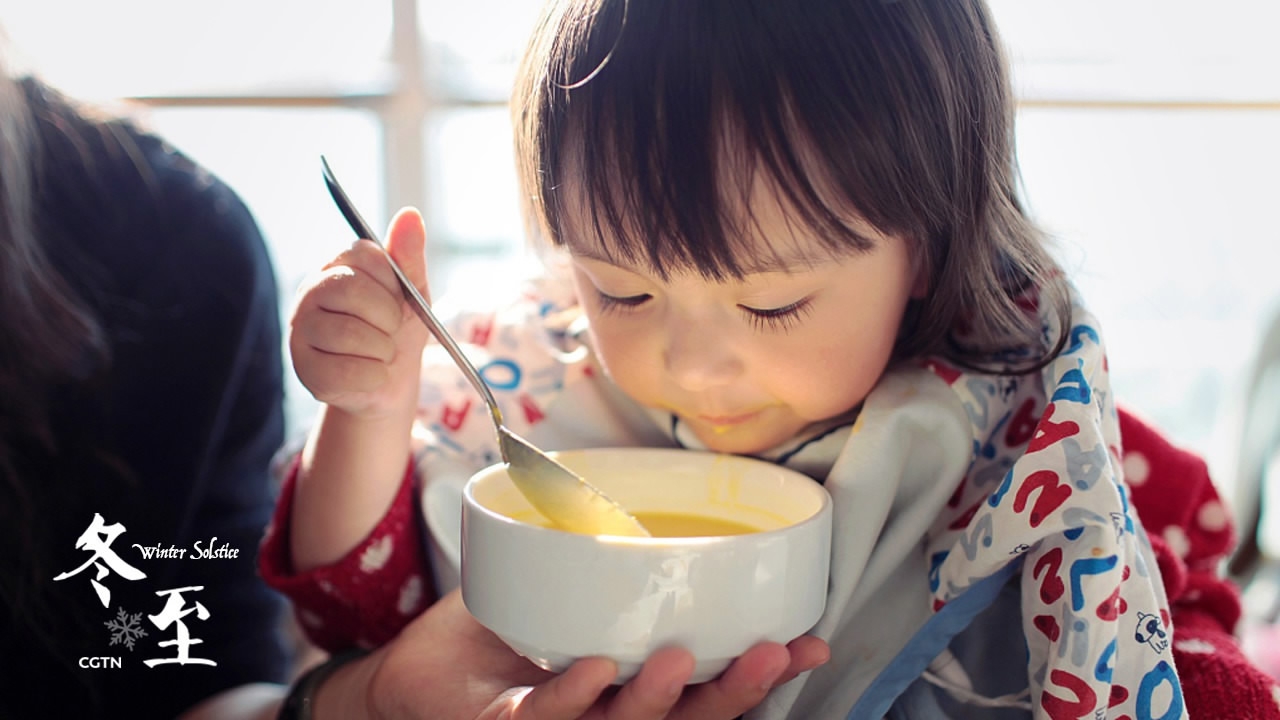
CGTN Photo
CGTN Photo
As the coldest days come, people may easily catch a cold or feel ill. It is recommended that regular schedules should be maintained, and a little bit of exercise won’t hurt either. But coldness is not frightening - after all, spring isn't too far away.
Head image by Ma Xiaonan; illustrations by Gao Hongmei.
Watch the LIVE broadcast to see how Chinese people celebrate the Winter Solstice:

SITEMAP
Copyright © 2018 CGTN. Beijing ICP prepared NO.16065310-3
Copyright © 2018 CGTN. Beijing ICP prepared NO.16065310-3